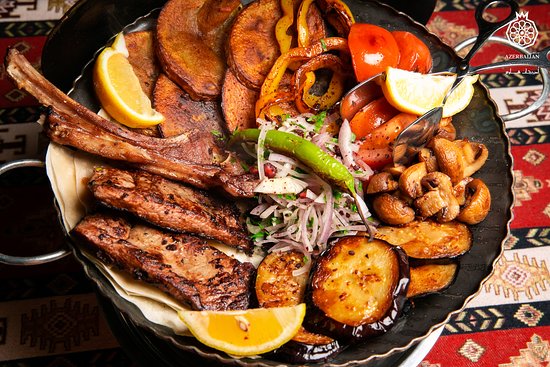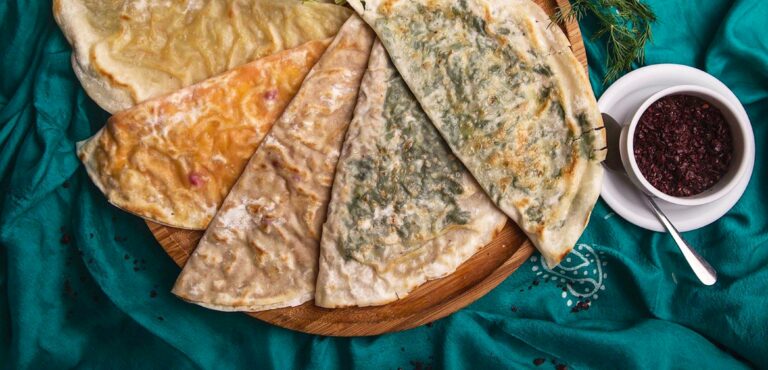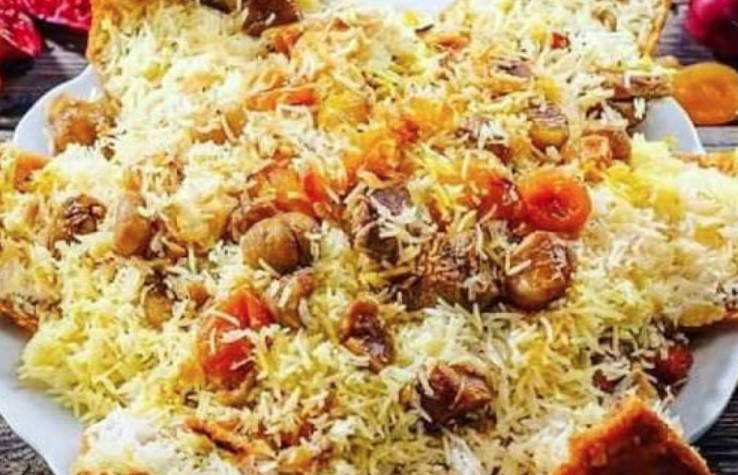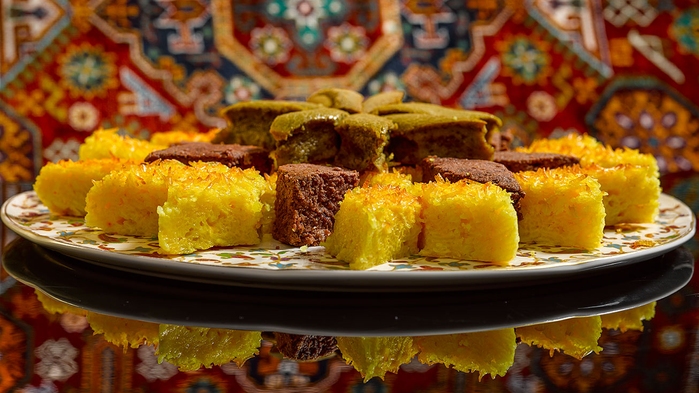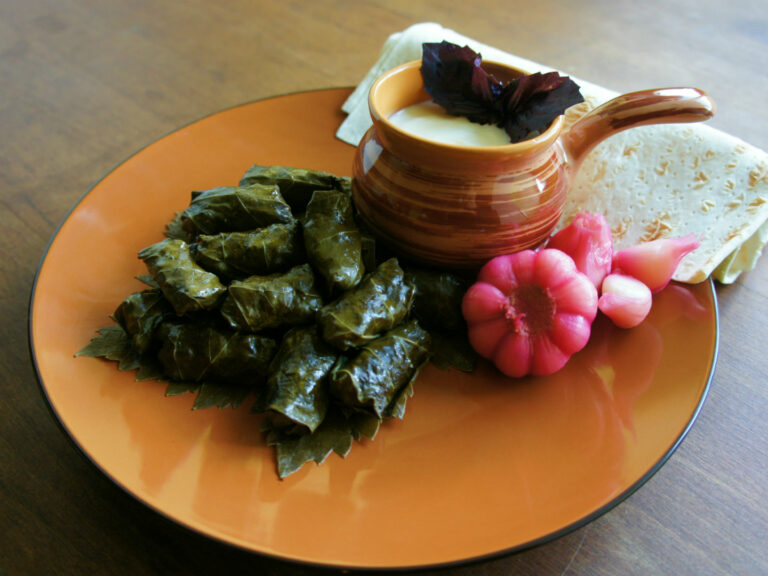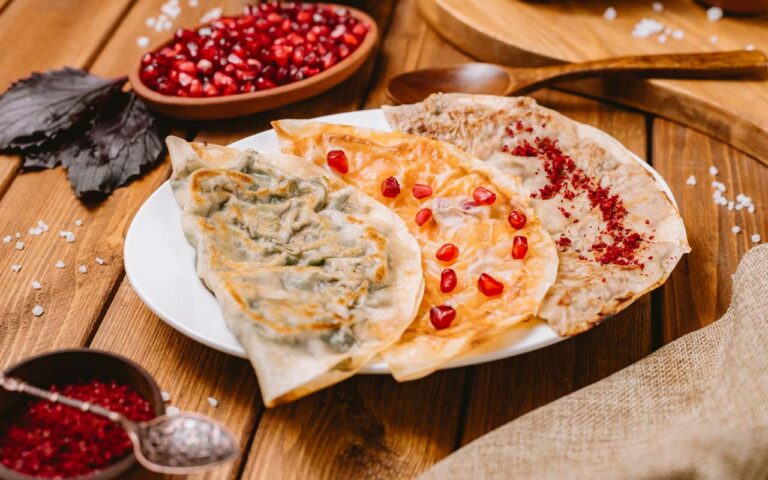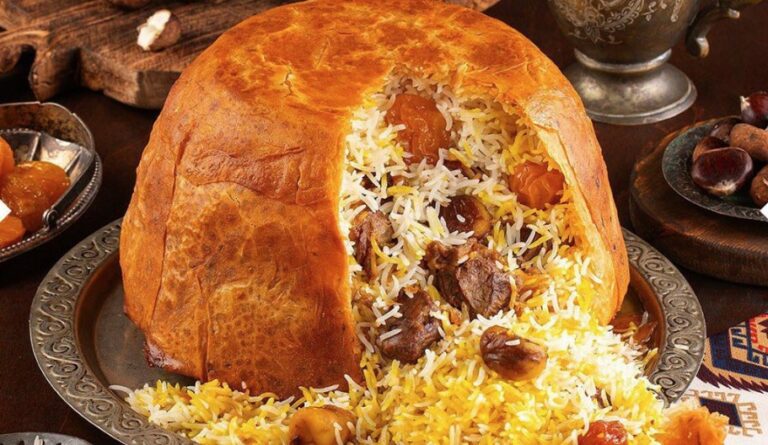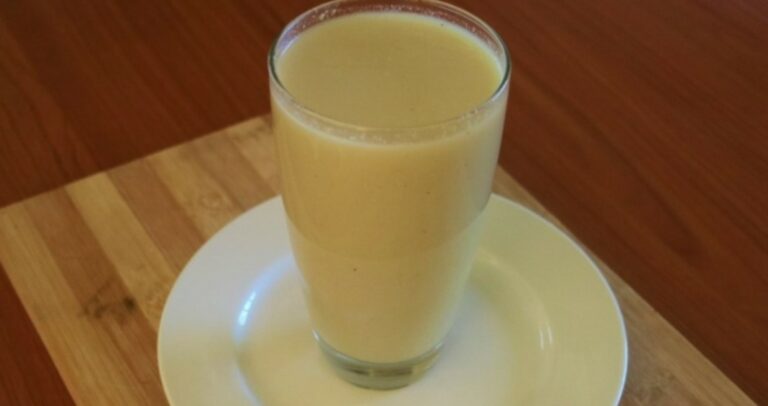Introduction: Azerbaijani cuisine overview
Azerbaijan is a small country located in the Caucasus region of Eurasia. Azerbaijani cuisine is a blend of Eastern European, Central Asian, and Middle Eastern flavors, creating a unique culinary experience. Azerbaijani cuisine is known for its savory meat dishes, rich stews, and fragrant spices. Local ingredients such as lamb, beef, fish, vegetables, herbs, and spices are the main components of Azerbaijani cuisine.
Religious background and dietary restrictions
Islam is the primary religion in Azerbaijan, and it has a significant impact on the country’s dietary traditions. Muslims follow Halal dietary laws that prohibit the consumption of pork and alcohol. Additionally, they also avoid blood-based products and certain types of meat that are not slaughtered according to Islamic law. Although Azerbaijan is a predominantly Muslim country, its cuisine has been influenced by diverse cultural groups, including Jews, Christians, and Zoroastrians, who have their dietary restrictions.
Halal and non-halal foods in Azerbaijani cuisine
Many Azerbaijani dishes follow Halal dietary laws, such as Plov (rice pilaf), Kebabs, and Dolma (stuffed grape leaves). Foods that are considered non-halal include pork, alcohol, and blood-based products. Azerbaijani cuisine also has many meat dishes that are not necessarily Halal, such as Qutab (a type of fried pastry stuffed with meat or vegetables) and Gyuvech (a meat and vegetable stew).
Use of meat and dairy products in Azerbaijani cuisine
Meat dishes are popular in Azerbaijani cuisine, especially lamb and beef. Azerbaijani cuisine also includes dairy products such as yogurt and cheese, which are used in many dishes. Butter, cream, and sour cream are also commonly used in Azerbaijani cooking, adding richness and flavor to dishes.
Vegetarian and vegan options in Azerbaijani cuisine
Vegetarian and vegan options are available in Azerbaijani cuisine, but they are not as prevalent as meat dishes. Azerbaijani cuisine includes many vegetable-based dishes, such as Eggplant Dolma and Fisincan (a layered vegetable dish). Many vegetarian dishes also contain dairy products, so it’s essential to check with the restaurant or cook before ordering.
Common Azerbaijani dishes and their dietary restrictions
Several popular Azerbaijani dishes follow Halal dietary laws, such as Plov, Kebabs, and Dolma. Azerbaijani cuisine also includes non-Halal dishes such as Qutab and Gyuvech. Vegetarian options include Eggplant Dolma and Fisincan.
Dining etiquettes and cultural norms in Azerbaijan
In Azerbaijan, dining is a social event, and hospitality is highly valued. It’s customary to remove your shoes before entering someone’s home and to bring a small gift, such as sweets or flowers, to the host. Azerbaijani meals are typically served family-style, with everyone sharing the same dishes. It’s considered impolite to leave food on your plate, so it’s best to take small servings and ask for more if needed.
Conclusion: Diversity in Azerbaijani cuisine
Azerbaijani cuisine is full of diverse flavors and ingredients, reflecting the country’s multicultural history. Although religious dietary restrictions play a role in Azerbaijani cuisine, there are still plenty of options for vegetarians and non-Halal eaters. The dining etiquettes in Azerbaijan emphasize hospitality and generosity, making dining in Azerbaijan a warm and memorable experience.

